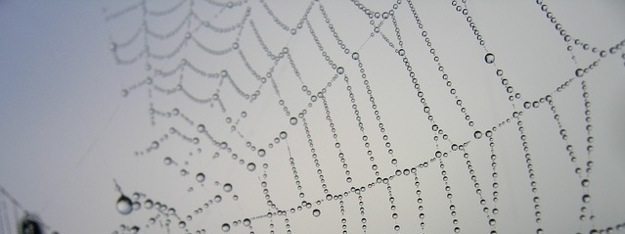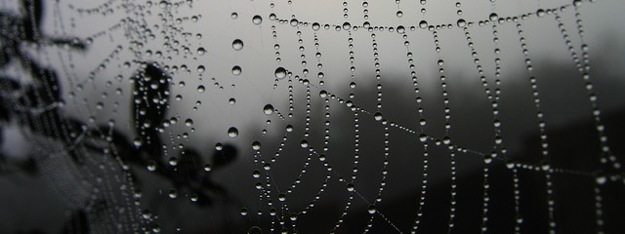I began this month’s First Friday research investigating folk craft. Early on, however, I became more interested in the idea that some crafts are so old, their origin stories are told in myths and legends. Drop spindles are older than the wheel!
Several myths about the origin of weaving are recounted in the first chapter of The Book of Looms by Eric Broudy. Muse India has a wonderful article with a variety of spinning and weaving origin stories from the Arunachal region of India.
Though is it not the point of the story, learning a textile craft (maybe more than one) is mentioned in the following legends.
- In the Beginning of the Nisqually World (modern Washington State), the Spirit Man teaches people many things, including how to make skirts.
- The Legend of Manco Capac and Mama Ocllo, who taught the Inca people to be civilized, includes Mama Ocllo teaching textile arts.
- The Choctaw legend of Why the Flowers Grow is also about people learning to spin, weave, and dye.
Sometimes, crafts come from supernatural creatures.
- The God of Silkworm is a tale from China about the origin of silkworms.
- The Legendary Origin of Kapa, cloth made from the inner bark of trees and used in Hawaii and some other Polynesian places.
- The Mabube of West Africa learned to weave from their ancestor Juntel Jabali, who secretly watched a jinni weave and took her loom, then learned the rest of the secrets of weaving from his mother, also a jinni.
- The Navajo learned the craft of weaving from Spider Woman.
- The Wayuu people of modern Colombia learned weaving from Wale’keru, who was either a girl who turned into a spider or a spider who sometimes took the form of a girl.
- Holda taught the Norse how to sow flax and weave linen from it.
Other times, crafts come from observing nature.
- This interesting article about felt includes a legend that Noah discovered felt when the fleece he lined the Ark with had been turned into fabric by the warm, wet breath and pawing of the animals.
- An article about Zhuang brocade including its legendary origin inspired by the beauty of a dewy spider’s web in the morning sunlight.
- A brief tale about batik being discovered by a girl who liked to dye cloth.
This post was a hard one to research. “Myth,” “legend,” “fabric,” “spin,” and “weave” are used in too many different ways. However, I found a good many links that weren’t appropriate for this but may appear later, plus one I can’t resist now. Check out Doodles and Jots using tracing paper to get a foggy effect in a picture of Little Red Riding Hood.

